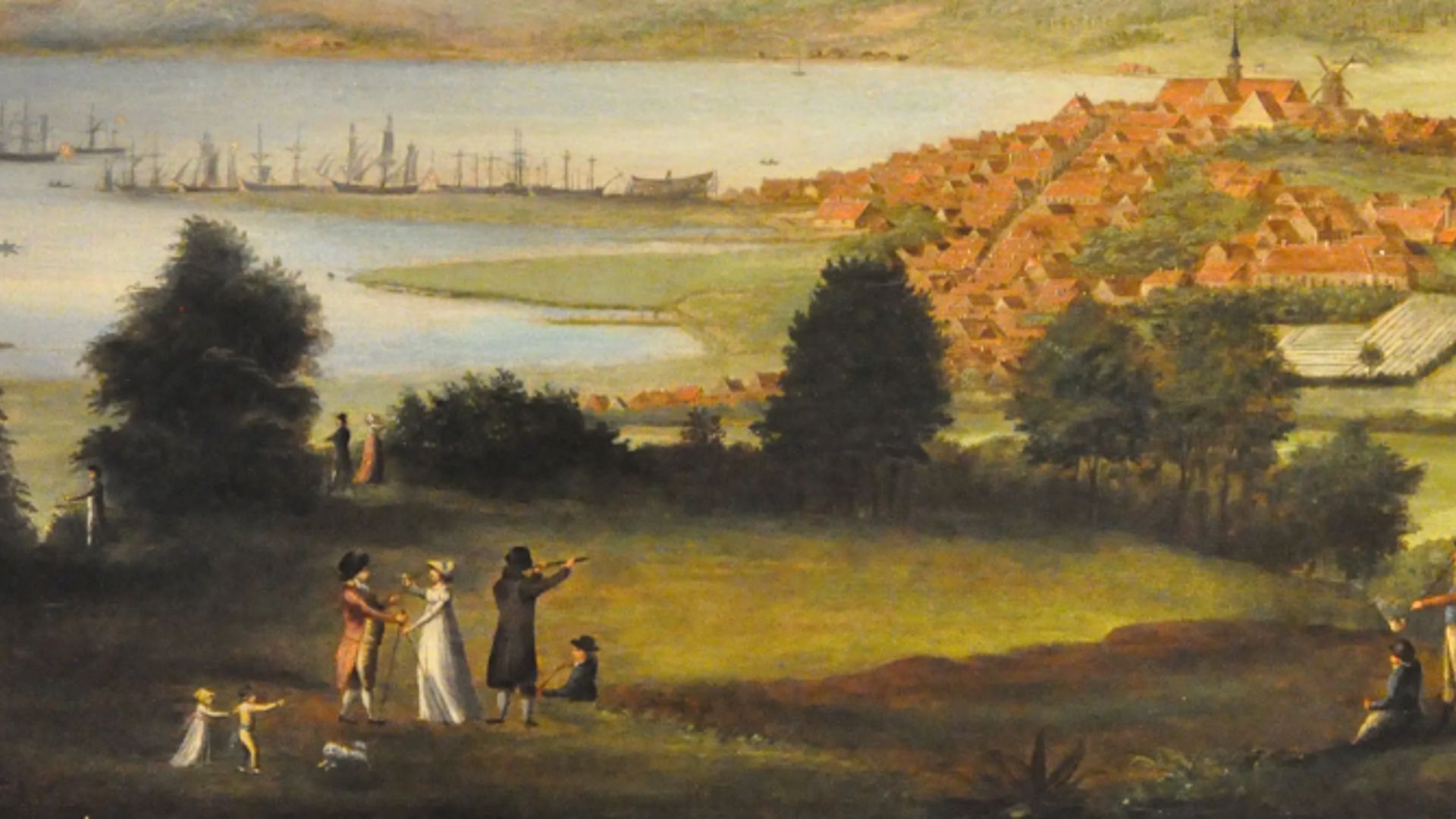
THE CITY IS EXPANDING ON THE HARBOUR
Aabenraa is in the middle of an exciting transformation, using history and art are the central focal points. Here, on the area north of Kilen, Aabenraa Municipality is creating an exciting district around the museum. The district will meet the demand for new attractive homes, cafes and restaurants in the middle of the city and close to the waterfront and forest.
The museum on Kilen will tell a completely different story than the one we otherwise associate with the borderland. Here it is not the wars, the time under German rule and the Reunification with Denmark in 1920 that are in focus. Instead, the new museum will let the guest encounter the Danish-German borderland as a cultural bridge that in Aabenraa gained – and has – a global reach. The exhibitions and the surroundings will set the stage to play, experiences and spend time together across the generations.
FRANCISKA CLAUSEN
No Danish artist has played such a central role for the European avant-garde as Franciska Clausen. Even before she turned 20, she left her childhood town of Aabenraa. While Europe was engulfed in the flames of the First World War, she established ties with what became the art environment of the European avant-garde in the 1920s and 1930s.
In Munich, Berlin and Paris, she started as a student of, among others, Lászlo Moholy-Nagy and Fernand Léger, and soon she was an equal colleague with them and with other world-famous artists such as Le Courbusier, Piet Mondrian and Jean Arp.
On behalf of the Foundation for Franciska Clausen's Collections, Museum Sønderjylland houses more than 2,500 of Franciska Clausen's works, in addition to the main works that are in the museum's own possession. She preserved life through an experimental practice, and we create space to show that here.
In the new museum, we offer the public the opportunity to experience a permanent presentation of Franciska Clausen's works. We want to create opportunities for special exhibitions where we can show works by Danish and international artists, and have the opportunity to show their work as part of an innovative international art movement. In short, we want to present Franciska Clausen as the pioneering artist she was.
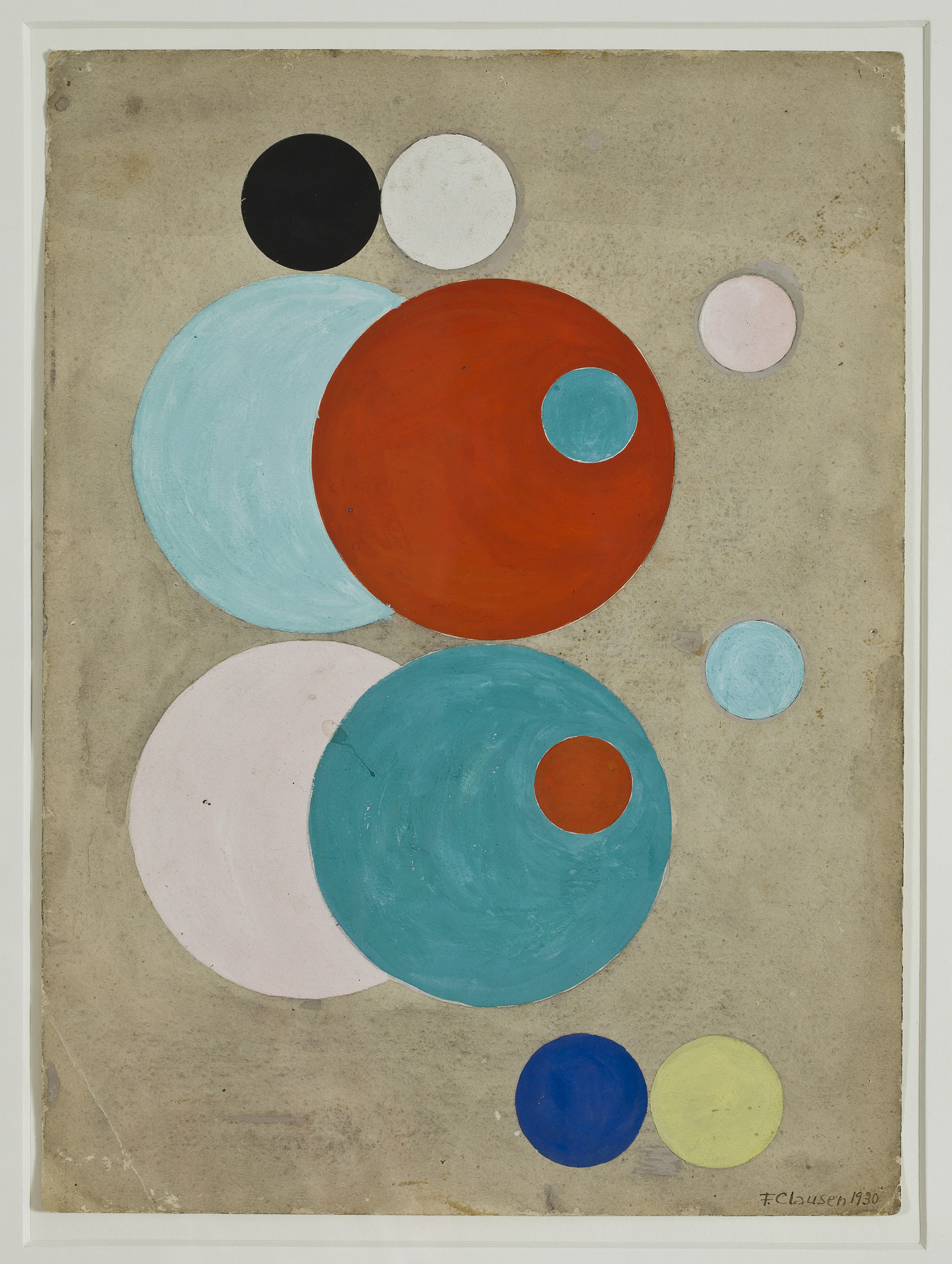

FINAL STOP FOR ATELIER EUROPA - A POD WALK WITH FRANCISKA CLAUSEN
If you have used the Atelier Europa pod walk, you have now reached the end of the road.
If you haven't tried the tour yet, we highly recommend it. The pod walk is 2.5 km long and takes 45-60 minutes. It starts at the tourist office at Storegade 30 and is used via the free StoryHunt app and is also available in English.
As a listener, you get an insight into Franciska Clausen's life as a central figure in the vibrant avant-garde art environments of Germany and France. You see "the city as shapes" through her eyes, and you hear about the methods and impressions that she worked with and brought with her to Denmark and Aabenraa as an artist pioneer.
There is no charge, at you can download the app Storyhunt for free
ART DESTINATION NØRREPORT
In 2022, a number of younger Danish contemporary artists were given the task of creating a unique, permanent exhibition of works of art for eight of the city's narrow, medieval passages.
If you follow Kilen towards the center and continue via the stairs up the slope, you will come to the first work.
As inspiration, the artists were introduced to elements of Aabenraa's DNA: Shipping and shipyards, the Danish-German dual culture, great artists, trade, craftsmanship, organ building, town planning, awareness of sustainability and international outlook. The works are part of the urban development plan "Fremtidens Aabenraa".
You can read more about the artists and their works here. (QR:
Gargoyle
Strømmen
Archetype
Imagine Possible Trees
μmwelt
oui
Kompleks form nr. 1
AabenraaOrgan

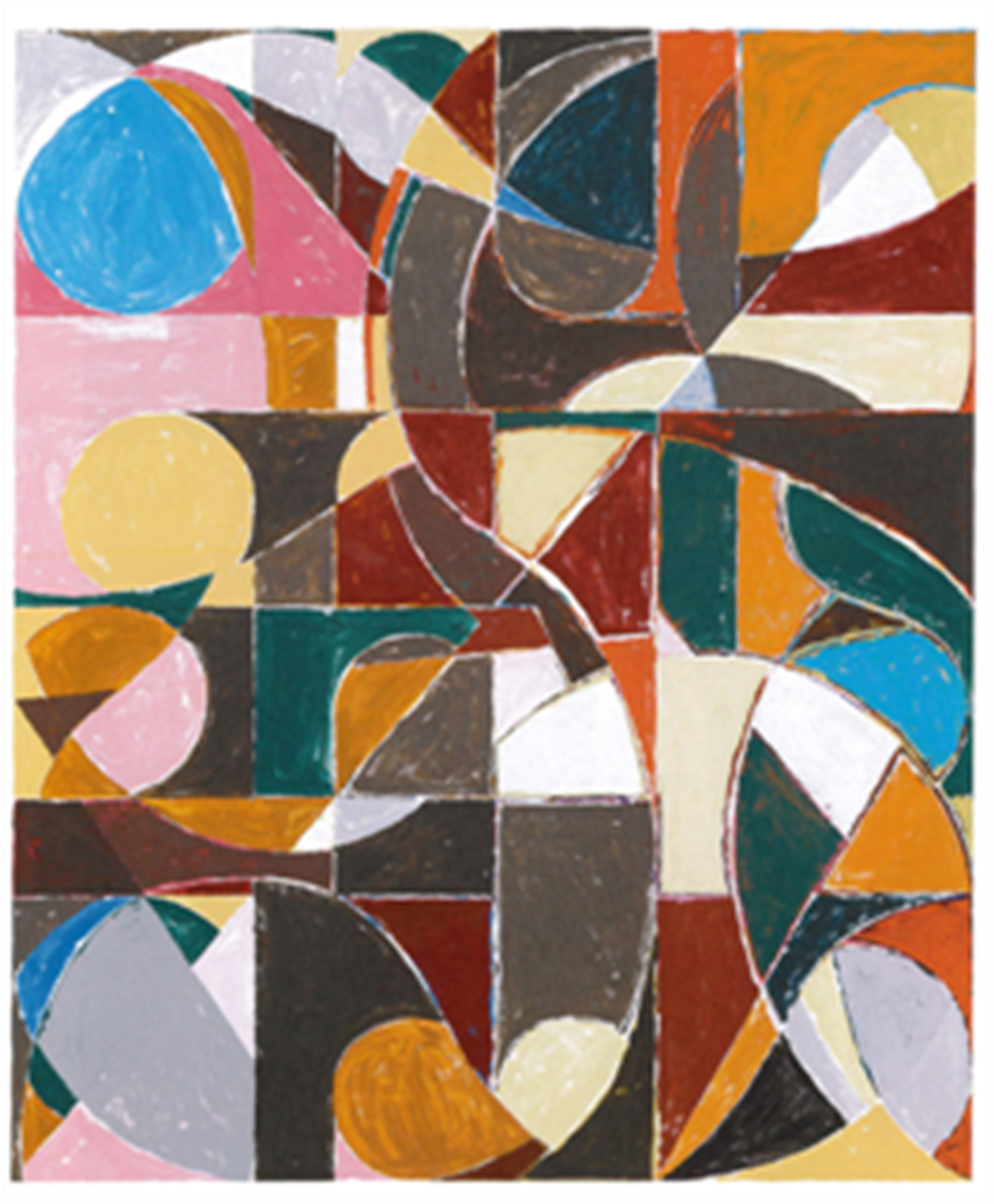
GET TO KNOW SOUTHERN JUTLAND ARTISTS AT BRUNDLUND CASTLE
We would like to spread the awareness that some of the most famous Danish visual artists have their roots in the border country. This applies to Franciska Clausen, but also to the Golden Age artist C.W. Eckersberg, the monumental expressionist Svend Wiig Hansen and the modernist Claus Carstensen.
These artists are joined by representatives of younger contemporary art such as Søren Behncke and Astrid Kruse Jensen and works purchased at the artists association Grænselandsudstillingen (The Gränseland exhibition), which Franciska Clausen was among the initiators of in 1971.
Until the museum here at Kilen opens its doors, it is at Brundlund Castle that you can meet changing exhibitions with a selection of Museum Sønderjylland's collection of over 4,000 works from the end of the 18th century to the present day.
The historic and atmospheric setting at Brundlund Castle has roots back to the 15th century, when Queen Margrethe I gave it to the city. The art experience continues in the castle park, among hedges cut in a shape inspired by Franciska Clausen's artistic expression. Here you will find a wonderful collection of sculptures in the beautiful, green surroundings, and you can enjoy something good from the museum's café on the terrace.
You will find information about the current exhibition here: https://msj.dk/brundlund-slot/
THE MARITIME CITY AND THE MARITIME TALES
The place name Kilen tells you that you are standing on a dammed cove. When a market town has grown here, it is primarily due to the access to the deep fjord, its fish and its access to the world's oceans. The cove was dammed in 1856 to make room for a growing town, and Aabenraa still benefits from having a vibrant commercial port. There will be a view of it from the new museum.
The maritime history in Aabenraa is not the same as in the rest of the country, because the town only became part of Denmark in 1920. During the wars with England in the early 1800s, the city was not bound by the same restrictions as, for example, Helsingør and Marstal. It was extremely lucrative for both shipyards, merchants, sailors and traders.
Shipping and shipyards made Aabenraa a thriving town, and you can see that to this day. The city's streets contain well-preserved and beautiful environments and houses from the 18th and early 19th centuries that very few other Danish cities can match.
The city's shipyards built large wooden ships that were among the largest, fastest and best of the time. The ships were owned locally and were manned by local and visiting sailors who made a living sailing on the oceans of the world.
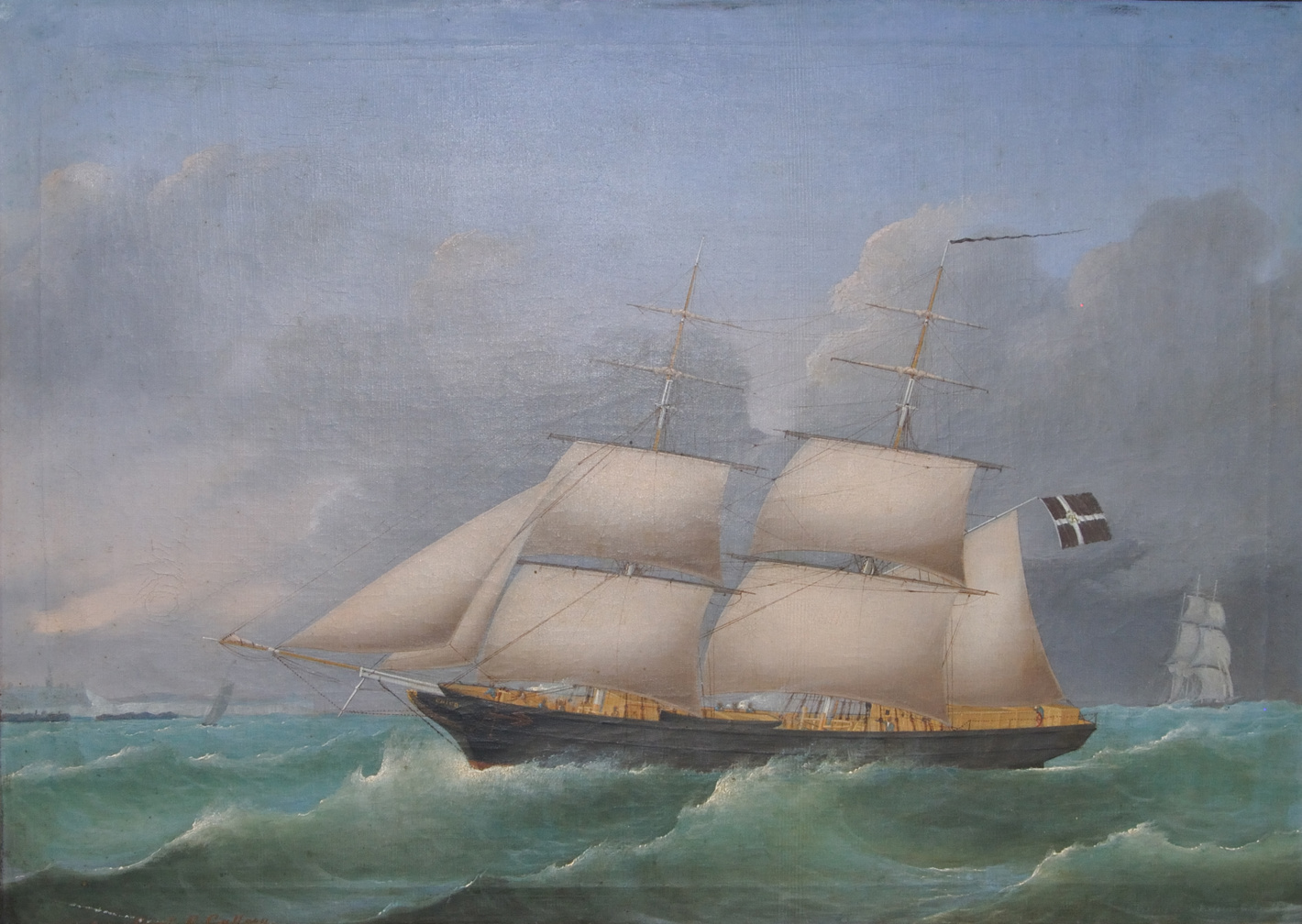
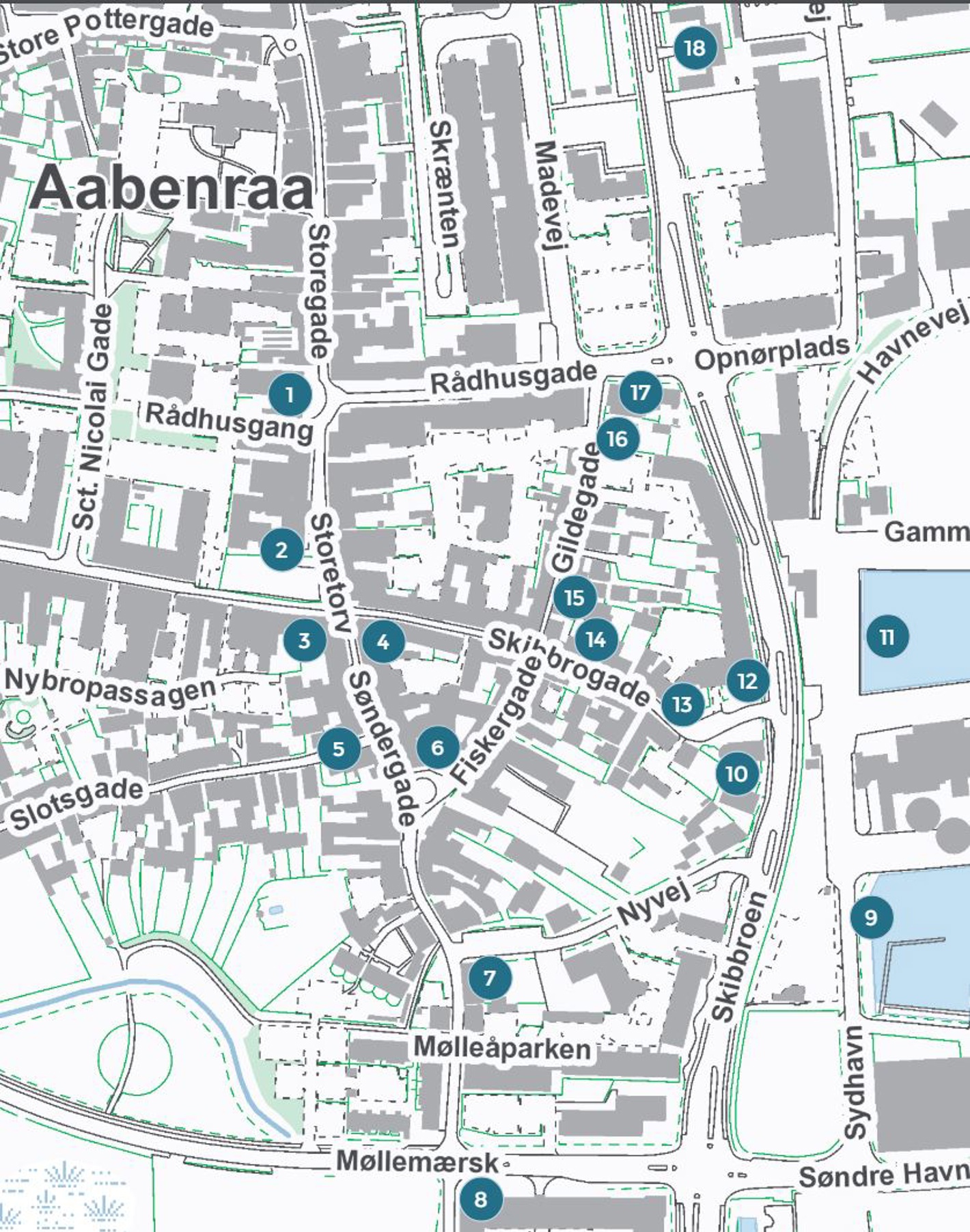
MARITIME ARCHITECTURE GUIDES TO AABENRAA AND LØJT LAND
The Visual Arts Council in Aabenraa Municipality is behind two maritime guides: one in Aabenraa City and one on Løjt Land. Both can be picked up at the tourist office in Storegade 30 and can be found digitally here:
VISIT JØRGEN BRUHNS KALVØ
In 1847, the Royal Agent bought shipowner Jørgen Bruhn Kalvø at Genner Bay. Here he built the shipyard that was to become one of the largest in Denmark. On the island he built, among other things, Northern Europe's largest and fastest merchant frigate. The association Det Maritime Kalvø runs a small museum in the shipyard's old main building "Herrehuset". Both here and at the Maritime Museum, you will learn more about how Bruhn's activities – in addition to lucrative and dangerous long voyages on the world's oceans – also included piracy and industrial espionage.
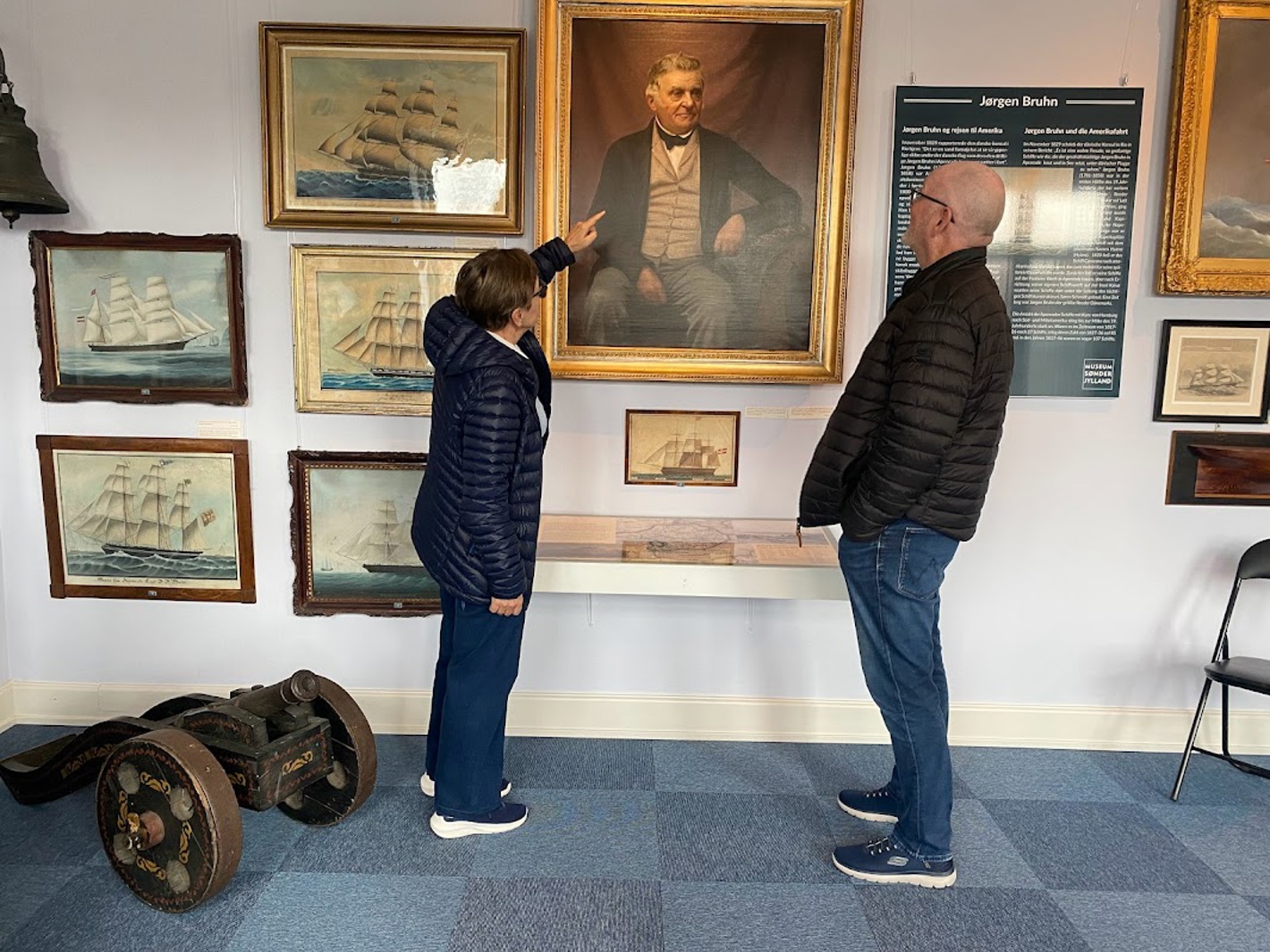

HISTORY & ART POD WALK
Take a journey through time through the history of Aabenraa on this audio walk that also takes you past works of art in the town. The tour starts at Det Gamle Rådhus on Storegade 30 in Aabenraa and lasts approx. 1.5 hours if you do the trip in one stretch. You can walk alone or in a group, while there are quizzes along the way. The trip is free.
Download the storyhunt app and search on Aabenraa.

